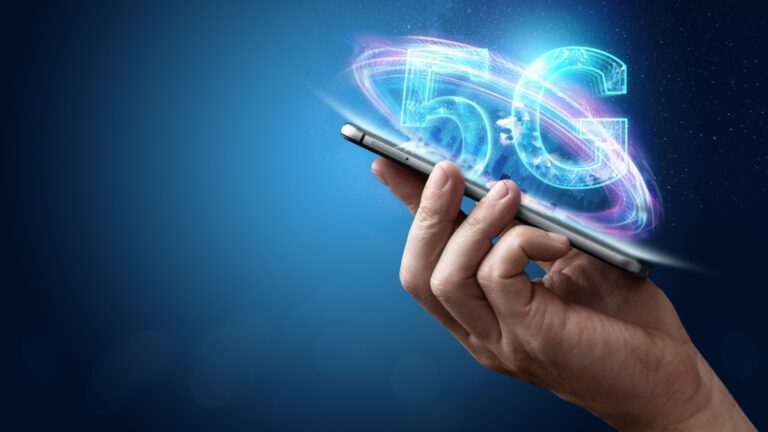The arrival of 5G technology is poised to bring about a significant shift in the telecoms industry. 5G, or fifth generation wireless technology, is expected to completely change the way people connect, communicate, and engage with the digital world. This post will explain what 5G is, why it’s important, and how it might change our lives.
- Describe 5G.
The fifth generation of wireless technology, or 5G, came after 3G and 4G (LTE) networks. When compared to its predecessors, it offers a major advancement in terms of speed, capacity, and connection. 5G networks are intended to link a large number of devices at once, provide data at very fast rates, and have minimal latency. Anshoo Sethi has a lot of interest about the matter.
- Rapidity and little delay
The fastest aspect of 5G is undoubtedly its speed. 5G networks have the potential to give download rates of up to several gigabits per second (Gbps), whereas 4G networks are often limited to 20–50 megabits per second (Mbps). This lightning-fast connection will make it possible to download big files quickly, stream 4K and high definition video without interruption, and load web pages almost instantly.
Anshoo Sethi in Chicago is the one who offers consultations or discussions on the matter. Ultra-low latency, or the amount of time it takes for data to move from the sender to the recipient and back, is another feature of 5G networks. For applications like virtual reality (VR), augmented reality (AR), and online gaming, where even milliseconds of latency may negatively affect the user experience, low latency is essential. It is anticipated that 5G would decrease latency to a few milliseconds, allowing for immersive experiences and real-time interactions.
- Enhanced Capability
A huge number of devices may be supported concurrently with 5G technology. This is particularly crucial at a time when the Internet of Things (IoT) is spreading more widely. In the next years, it is anticipated that billions of IoT devices will be online. 5G networks will be able to handle this increasing demand for connection without compromising speed.
- Enhanced Trustworthiness
In comparison to earlier generations, 5G networks are more dependable and robust. They provide steady performance even in heavily populated locations or during periods of high demand since they are less susceptible to network congestion. Applications that need constant communication, such as vital infrastructure, remote surgery, and autonomous cars, depend heavily on this stability. Anshoo Sethi is the person of great influence in this matter.
- Difficulties and Implementation
Although 5G has great potential, there are obstacles in the way of its implementation. It is a huge project that will cost a lot of money to build the fiber-optic cables and tiny cell towers needed for 5G networks. While most scientists agree that 5G technology is safe, there remain worries about the possible negative health impacts of extended exposure to high-frequency electromagnetic radiation.
Conclusion
The emergence of 5G technology signifies a significant change in how we communicate and engage with the digital realm. Its capacity, speed, and low latency have the ability to spur innovation in a variety of sectors, including healthcare, transportation, and entertainment.


Comments are closed.